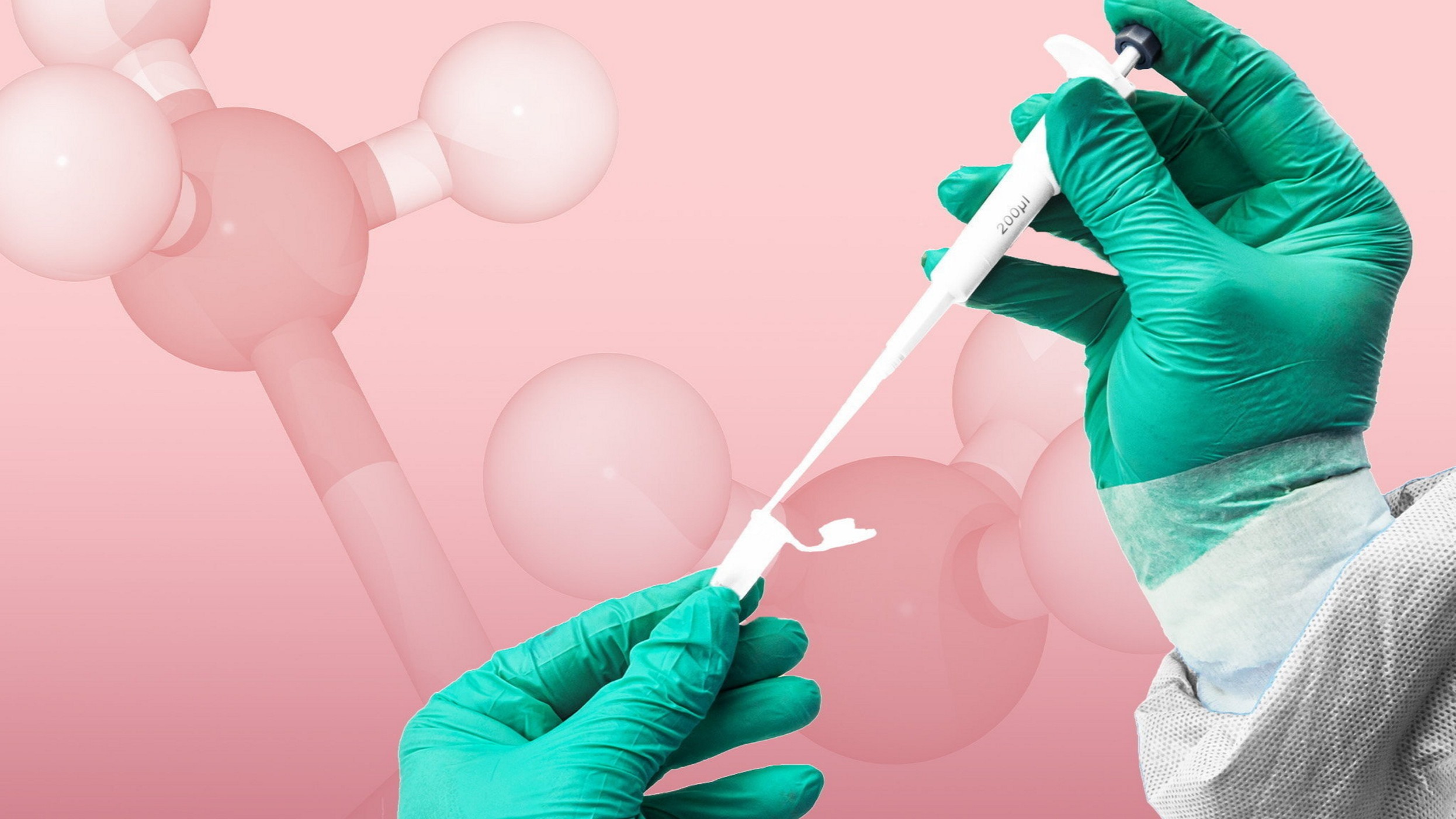Toni Dezomits, a 55-year-old retired law enforcement officer, is fighting a recurrence of her stage 4 ovarian cancer. She had already undergone several rounds of chemotherapy when her doctor told her she had some more bad news.
Just a day before her third round of treatment last month, Ms Dezomits was told there was a nationwide shortage of the generic chemotherapy drug, carboplatin – one of three medications she was meant to receive.
Forced to choose between going without the medication or swapping it for another with stronger side effects, the North Carolina native is finishing her final three chemotherapy sessions with only two of the recommended drugs.
“You have these two sub-optimal choices,” she said. “I’m worried, because I know the drug I’m not getting is the one my cancer responded to very well [the first time].”
Experts say the US is currently suffering one of the most severe shortages of chemotherapy drugs it’s seen for three decades.
Ms Dezomits is one of as many as 100,000 patients who may have been affected over the past several months, according to Dr Julie Gralow, the chief medical officer at the American Society of Clinical Oncology.
As of this week, the US Food and Drug Administration (FDA) said over 130 drugs were in short supply, 14 of which are cancer treatments.
Experts say a myriad of factors have contributed to the shortages, which this time have heavily affected two front-line therapies – carboplatin and cisplatin – used to treat a host of cancers, including head and neck, gynaecologic and gastrointestinal cancers.
The most recent shortage came after a plant in India – which supplied cisplatin materials for all US manufacturers – shut down due to quality concerns. This drove up demand for a substitute drug, carboplatin, said Dr Gralow.
As a result, some providers have been forced to extend the time period between patients’ chemotherapy sessions, while some patients have had to drive several hours to get treatment at different cancer centres.
When her local oncologist could not provide her carboplatin, Ms Dezomits tried a larger cancer centre in Texas where she had been before. But they told her they could not give her the drug because they were prioritising giving it to patients with better odds of being cured.
“It’s like triage on the battlefield,” said Ms Dezomits, who was a soldier in the Persian Gulf war. “This country should be a little better than that. We should be able to get life-saving drugs that cost about $9 or $10 a dose.”
The low cost of generic front-line cancer drugs has actually played a role in recurrent chemotherapy drug shortages, experts say. While the medications are cheap to manufacture, pharmaceutical companies are not incentivised to do so because they don’t bring in large profits, said Dr Karen Knudsen, CEO of the American Cancer Society.
The drug shortage issue has also worsened as US life expectancy has increased, meaning more people are becoming ill with cancer.
Blood test for 50 cancers excites scientists
Scientists say million-year-old viruses help fight cancer
To help ease the supply chain crunches, the FDA began working with a Chinese manufacturer this week to import one of the chemotherapy drugs.
The move will likely help solve some short-term supply constraints in the coming months, but it will do little to address a more cyclical problem of chemotherapy drug shortages, said Dr Knudsen.
“An emergency solution is being put into place, but we are at a moment in time where there needs to be a more durable solution,” she said.
Medical experts said the US government should work with the private sector to come up with more long-term solutions.
The US government could use its drug purchasing dollars to create national strategic reserves of the critical medicines and incentivise more higher-quality pharmaceutical companies to manufacture them, said Dr Gralow.
Patient Ms Dezomits fears that without more action, people across the US may continue to be put in challenging situations to find the cancer care they need.
“It’s already stressful enough to deal with cancer and your own mortality,” she said. “This is just another obstacle in front of patients that now they’ve got to think about.”



